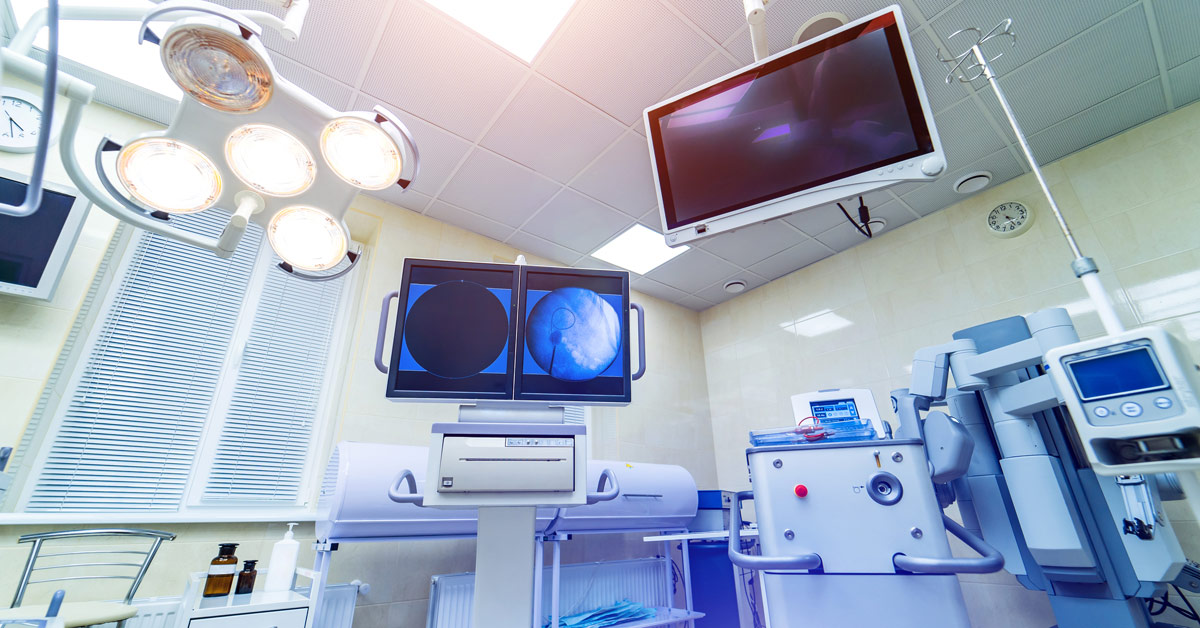At Prime Engineering, we tend to focus on big machines for large scale projects, but this is not all that happens in the field of mechanical engineering. Smaller but incredibly useful tools have been making breakthroughs in medicine, developed through the power of mechanical and other fields of engineering. These tools were made by people to help people, a wonderful application of the science of engineering. We have found a couple of inspiring stories of how engineering has been used in the medical field.

Ellen Roche, an assistant professor at MIT who had completed her PhD at Harvard University, has used her strong engineering education in a practical application in biomedicine. During her doctoral work, Roche used soft robotic techniques to develop a bioinspired cardiac simulator. Applications of this technology include heart stimulation and developing an implantable direct cardiac compression device to assist with pumping in a failing heart. It can also be used as a simulation device for medical training. Roche has also worked on employing biomaterials to improve cell delivery and retention to the infarcted heart and took the engineering lead in a multi-disciplinary collaborative effort between Harvard, Boston Children’s Hospital and Brigham and Women’s Hospital to design a light-reflecting catheter that can repair soft tissue defects without the patient undergoing invasive or major surgery.

A crossover of engineering breakthroughs, a team of Rutgers University biomedical engineers have created a ‘bio-ink’ for 3-D Printing. Charles Hull, the inventor of the original 3-D printing technology had completed his education in engineering physics and used his knowledge to develop the foundations of what he termed as ‘stereolithography’. This technology has been used in many different projects across a variety of industries, but one of the most exciting breakthroughs it has facilitated recently has been in the medical field, being used to print a ‘bio-ink’. The ‘bio-ink’ could serve as the pillars for growing human tissue to repair or replace damaged ones in the body. The ink uses modified versions of hyaluronic acid and polyethylene glycol to form a gel that was strengthened via chemical reactions and serves as a scaffold. “Instead of an ink colour for an inkjet printer, we want the mixture to have properties that are right for specific cells to multiply, differentiate and remodel the scaffold into the appropriate tissue,” said senior author David Schreber, a professor who chairs the Department of Biomedical Engineering at Rutgers University.
These stories are incredible examples of some of the wonders that engineering can bring to the world. At Prime Engineering, we are inspired by this level of innovation to provide you with custom engineering solutions to problems that your business may be facing. If you are in need of mechanical engineering or technical solutions contact us today!



